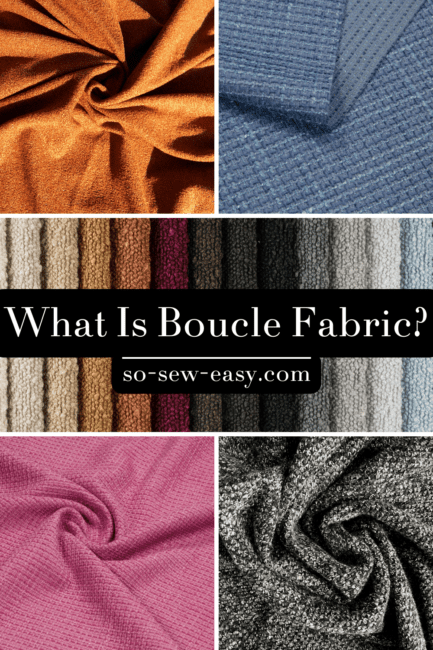
Derived from the French word “boucler” which means “to curl”, bouclé fabric has a unique, curvy, and looped appearance that gives it its distinctive name. The term ‘bouclé' actually refers more to the yarn with which the fabric is made, rather than the fabric itself. Bouclé yarn is made from a length of fibers that are looped and twisted to create a raw, yet elegantly textured, surface.
what is boucle fabric?
Bouclé fabric is a beautifully textured, unique fabric characterized by its looped threads which give it a puffed or “bubbled” appearance. Bouclé can be made from a variety of fibers, including cotton, silk, wool, and even synthetic materials. Often, the fabric is produced using a combination of these to achieve a specific texture, look, or feel.
he key to the texture of bouclé fabric lies in how the yarn is made. Bouclé yarn is produced with at least two strands, one of which is significantly looser than the other. As these strands are plied together, the looser strand forms loops and curls, giving the yarn its characteristic bumpy texture. When this yarn is woven or knit into fabric, it creates the textured, looped surface that bouclé is known for.
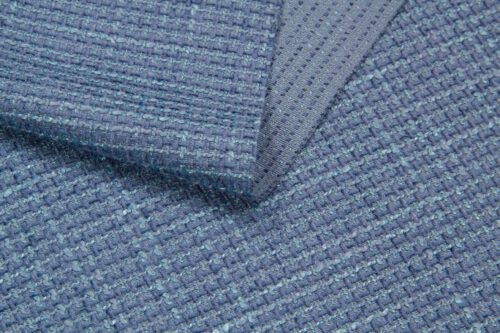

Bouclé was popularized in the mid-20th century, most notably by the illustrious fashion designer, Coco Chanel. In the 1950s, she introduced the Chanel suit, a design that utilized the versatility and tactile richness of bouclé fabric to its full advantage. These suits, often woven in shades of pastels, were a striking blend of luxury and comfort. The innovative use of bouclé fabric and Chanel's ingenious designs forever changed the landscape of fashion, marking the rise of functional, yet glamorous, women's wear.
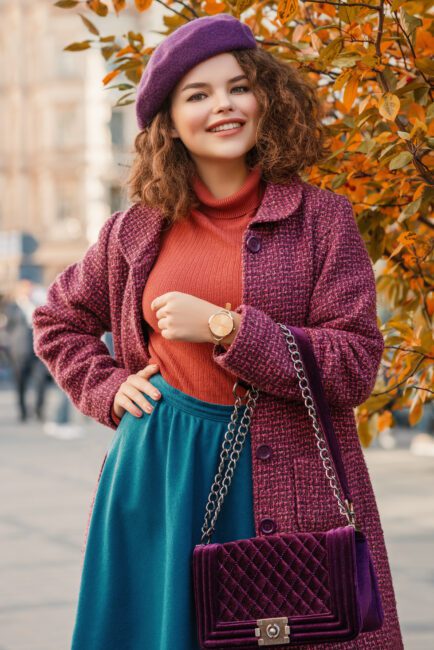

Today, bouclé fabric continues to be cherished in the world of fashion and interior design due to its versatility, textural appeal, and enduring style. It's often used in the creation of high-end garments like jackets, dresses, skirts, and of course, suits, echoing the legacy of Coco Chanel. The fabric's looped, highly textural surface creates a rich, multidimensional effect, providing a sense of depth and sophistication to any garment.
Apart from the realm of fashion, bouclé has also found its way into our homes. Its distinctive texture and undeniable charm have made it a popular choice for upholstery. Sofas, chairs, and even pillows covered in bouclé fabric offer a touch of understated luxury, while providing comfort and warmth.
Key Information For Boucle Fabric
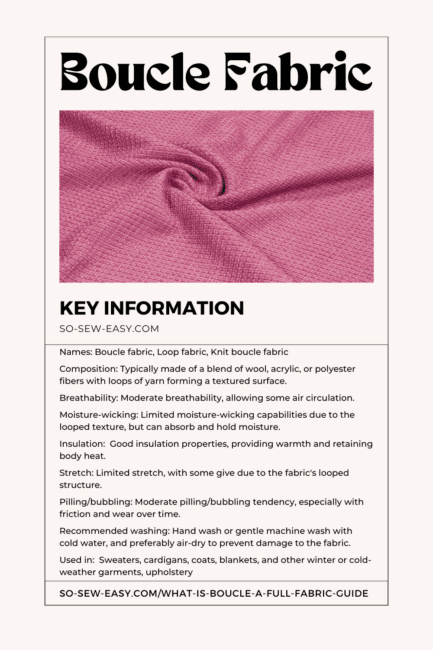

Pros And Cons Of Boucle Fabric
Like all materials, bouclé fabric comes with its own set of advantages and disadvantages, particularly for the home sewist.
Advantages Of Boucle Fabric:
- Unique Texture: Bouclé's distinctive looped texture makes it visually appealing, adding a sense of depth and interest to both garments and home decor.
- Warmth: Thanks to the looped construction of the fabric, bouclé has excellent insulating properties, making it perfect for jackets, coats, and other winter wear.
- Versatility: Bouclé fabric can be made from a variety of fibers, including wool, cotton, silk, or synthetic materials, and dyed in virtually any color, allowing for a wide range of aesthetics.
- Durability: Despite its soft and comfortable feel, bouclé is a hard-wearing fabric. When properly cared for, bouclé garments and furnishings can last for years.
- Elegance: With its high-fashion connotations linked to iconic fashion houses like Chanel, bouclé exudes a sense of elegance and sophistication.
Disadvantages Of Boucle Fabric:
- Difficulty to Sew: The very same loops that give bouclé its unique look can also be a challenge when sewing, as they can get caught in the sewing machine.
- Fraying: Bouclé fabric tends to fray at the edges, which can make it more difficult to work with, especially for less experienced sewists.
- Care: Depending on the fibers used, some bouclé fabrics may require dry cleaning or special washing methods to maintain their texture and appearance.
- Cost: High-quality bouclé, particularly those made with premium fibers like wool or silk, can be more expensive than other fabrics.
- Weight: Bouclé is often quite heavy, which can limit its use in certain types of garments and may not be comfortable for some wearers.
A Short History Of Boucle Fabric
The term ‘bouclé' originates from the French verb ‘boucler,' meaning ‘to curl.' This is a nod to the intricate process of creating bouclé yarn, where one or more of the strands are allowed to loop, creating a bumpy, curled texture. This process was perfected by European textile artisans and can be traced back centuries.
Though bouclé yarn had been produced for quite some time, it wasn't until the mid-20th century that bouclé fabric gained prominence in the world of high fashion. The turning point came in the 1950s, largely thanks to one of the most celebrated designers in fashion history: Gabrielle “Coco” Chanel.
Coco Chanel was known for pushing boundaries and redefining standards of style. She sought materials that were comfortable yet luxurious, and bouclé fabric was a perfect fit. Chanel was introduced to bouclé by a textile merchant in the early 1950s. She was captivated by the unique texture and comfort of this fabric, immediately recognizing its potential.
Chanel used bouclé fabric to design her signature piece – the Chanel suit. The suit, a collarless jacket paired with a simple skirt, was revolutionary in its blend of sophistication and comfort. Crafted with the textured, resilient bouclé and often lined with silk, the Chanel suit was both practical and chic. This iconic design swiftly gained popularity, becoming a symbol of elegant, effortless style for modern women.
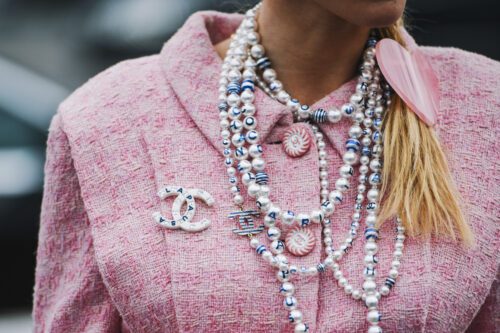

While bouclé fabric is often associated with high fashion due to Coco Chanel's influence, its journey into the realm of interior design and upholstery is equally noteworthy. With its unique texture, warmth, and resilience, bouclé has carved out a significant place in home interiors over the years.
The use of bouclé in upholstery can be traced back to the mid-20th century, coinciding with its rise in the fashion industry. This was a period of innovation and experimentation in design, and the textures and tactile qualities of bouclé aligned well with the modernist aesthetic.
The key figure in introducing bouclé to the world of furniture design was Florence Knoll, a renowned American architect and furniture designer. During the 1950s and 60s, Knoll's work, particularly her lounge collection, utilized bouclé fabric to highlight the organic, streamlined forms of her furniture designs.
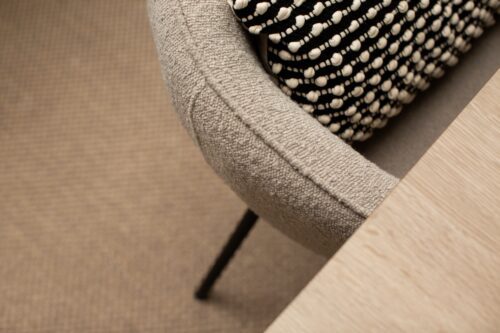

In the decades that followed, bouclé continued to be used by furniture designers around the world, prized for its comfort, durability, and distinctive textural interest. It was embraced in a variety of interior styles, from mid-century modern to contemporary minimalist. The turn of the 21st century saw a resurgence in the popularity of bouclé upholstery, echoing a wider trend of mid-century modern design revival.
Best Sewing Projects For Boucle Fabric
Remember, when working with bouclé fabric, it's essential to take care when cutting and sewing due to the fabric's tendency to fray and its textured surface. A serger or an overlocking stitch on a regular sewing machine can be helpful to finish the edges and prevent fraying. Happy sewing!
Chanel-inspired Jacket
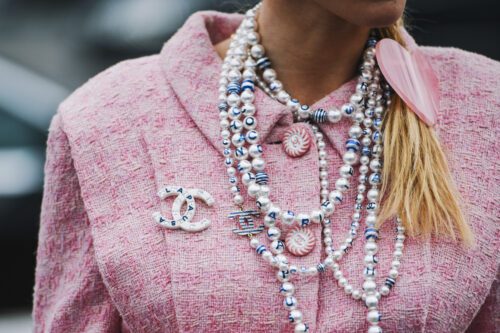

Given the historical connection between Chanel and bouclé fabric, crafting a Chanel-inspired jacket is a perfect project. Bouclé is ideal for such a jacket due to its unique texture, warmth, and sophisticated appearance. Pair it with a beautiful lining for added luxury and comfort.
Winter Skirt


Bouclé's excellent insulating properties make it a great choice for a warm winter skirt. A simple A-line or pencil skirt pattern would be a good match for this fabric, allowing its unique texture to take center stage.
Throw Pillows
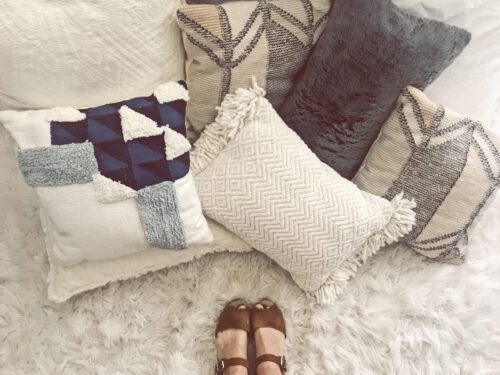

Bouclé fabric isn't just for clothing. Its texture and visual appeal make it an excellent choice for home decor items as well. Sewing some throw pillows in bouclé fabric can add a touch of cozy elegance to your living space.
Stylish Tote Bag
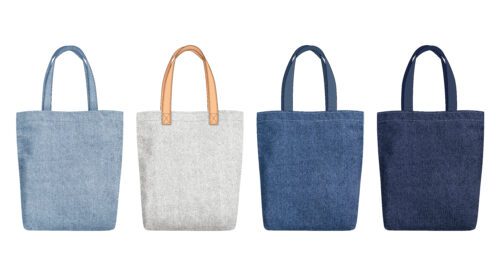

A tote bag made from bouclé fabric can be both practical and fashionable. The durability of bouclé makes it well-suited for this type of project, and its distinctive texture will give your bag a unique, standout look.
Cozy Scarf
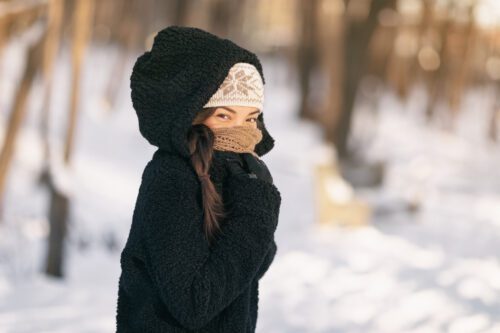

A simple yet chic sewing project suitable for bouclé fabric is a winter scarf. The fabric's warmth and softness make it ideal for this purpose. Use a straightforward pattern, as the fabric itself will provide plenty of visual interest.
What Are The Different Types Of Boucle Fabric?
Bouclé fabric isn't a one-size-fits-all type of textile. The unique look and feel of bouclé fabric can vary depending on the fibers used in the yarn, the tightness of the loops, and the weaving or knitting process. Here are some common types of bouclé fabric you might come across:
- Wool Bouclé: This is perhaps the most popular type of bouclé fabric. Made with woolen yarn, it offers excellent warmth and is perfect for winter clothing items. Wool bouclé is often used in high-fashion garments due to its luxurious texture.
- Cotton Bouclé: Made with cotton yarn, this type of bouclé fabric is lighter than its woolen counterpart, making it more suitable for spring and summer wear. Cotton bouclé tends to have a softer, more casual look while still offering the distinctive texture of bouclé.
- Silk Bouclé: Silk bouclé is often considered the most luxurious type of bouclé fabric. Its loops are usually more refined and less prominent, giving the fabric a subtle sheen and a more delicate texture. It's excellent for formal wear or for adding a touch of elegance to any piece.
- Synthetic Bouclé: Made with synthetic fibers like polyester or acrylic, this type of bouclé fabric is generally more affordable and easier to care for than natural fiber bouclé. However, synthetic bouclé might not offer the same level of warmth or breathability as wool or cotton bouclé.
- Blended Bouclé: This type of bouclé fabric blends different types of fibers to create a balanced combination of characteristics. For example, a blend of wool and synthetic fibers might result in a fabric that has the warmth of wool bouclé and the easy-care properties of synthetic bouclé.
Check out some of our other fabric profiles here!








Thank you for the great article. I didn’t know there were so many bouclé fabric types.